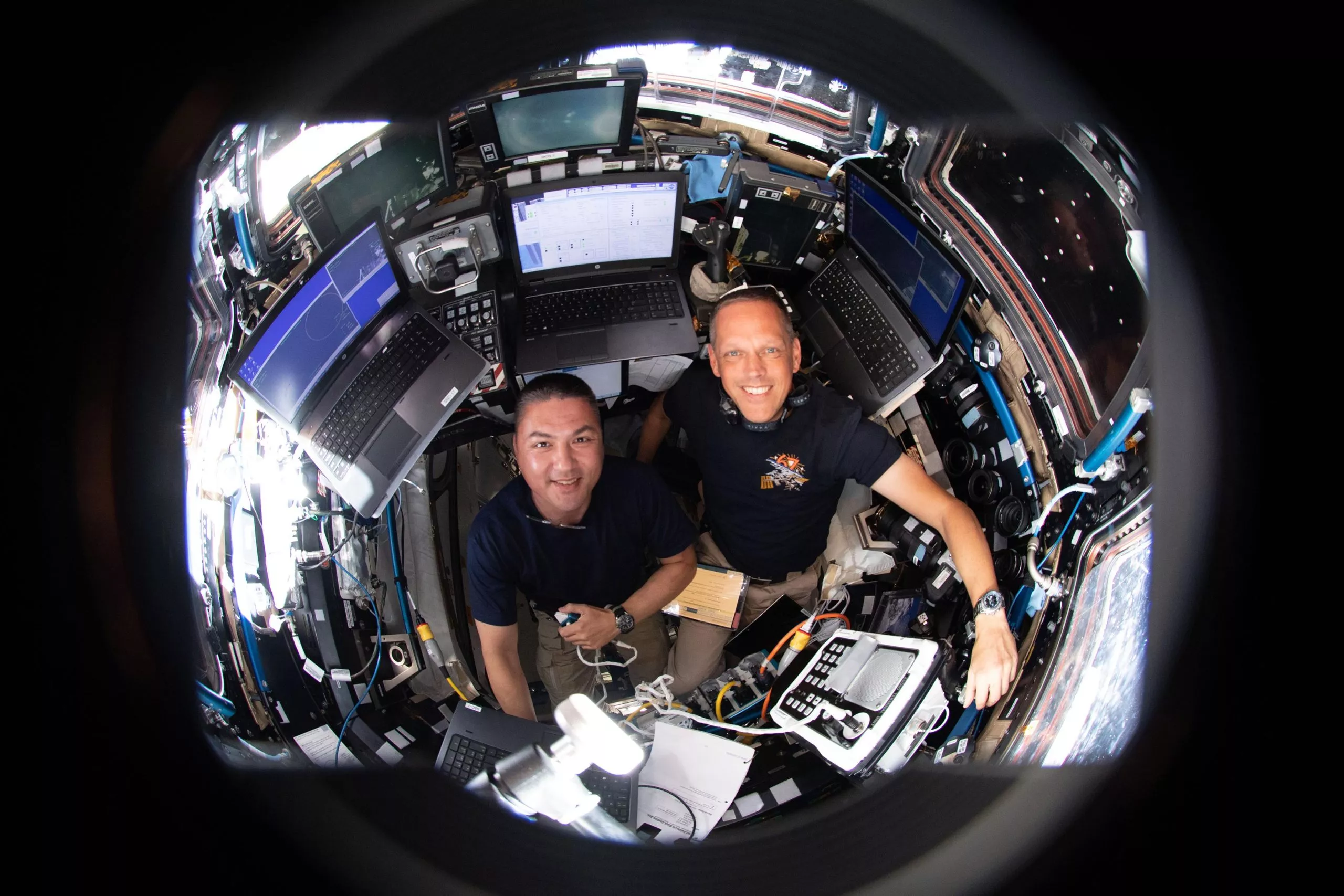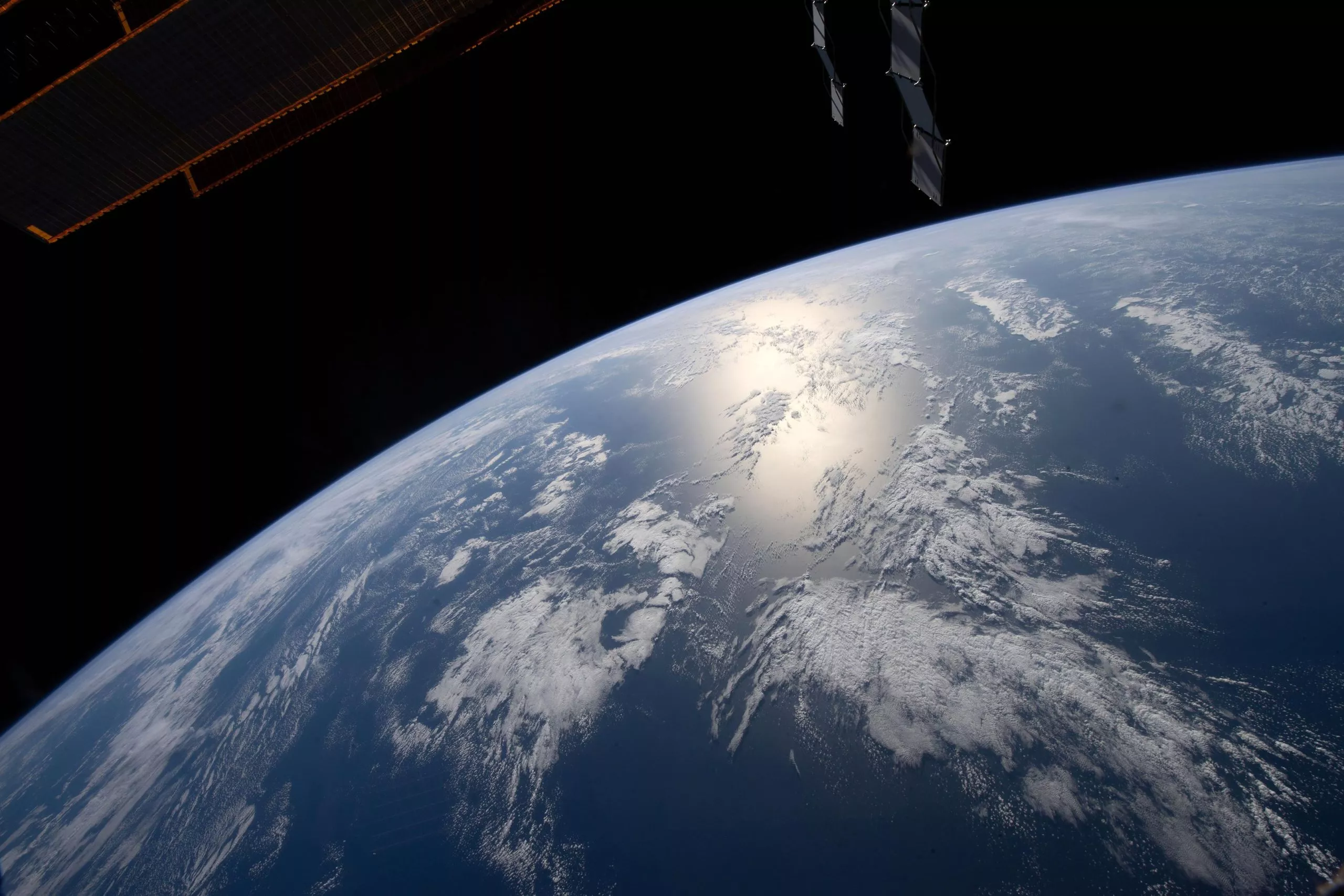On Friday, May 27, 2022, the crew of expedition 67 of the International Space Station continued its ongoing human research, carried out ultrasonic ophthalmology and cerebral blood flow measurement, and researchers on orbit also explored robotics and space navigation technology. The four astronauts on the international space station took turns to scan each other's eyes with ultrasound-2 equipment on Friday morning.

NASA astronauts (from left) Kjell Lindgren and Bob Hines monitored the approach and rendezvous of Boeing's CST-100 starliner spacecraft during the company's orbital flight test-2 mission in the dome of the international space station.
Flight engineers Kjell Lindgren, Bob Hines, Samantha cristoforetti and Jessica Watkins gathered in the Columbus Laboratory cabin to conduct eye scanning with the real-time support of ground personnel. The results will help doctors understand the effects of living in weightlessness on eyes, retina and vision.
Earlier, Hines completed a training that required him to wear electrodes and sensors to monitor blood flow in his head and chest. The brain autoregulation survey is exploring how the human brain regulates its blood flow under microgravity conditions. The results of the study may be beneficial to astronauts who experience dizziness and blood pressure changes after returning to earth's gravity.

The sun shines on the Atlantic Ocean off the coast of Angola as the international space station is operating 264 miles above the sea. (may17,2022)
Watkins opened an astrobee robot free aircraft in the "Hope" experimental module to test its autonomous mobility before the "Hope" robot programming challenge 3 held for students. Lindgren installed a camera in the space station dome to take images of the moon for a study, which may help future Artemis astronauts navigate the lunar surface.
Cristoforetti transferred astropi computers from harmony to Columbus in the morning. Then, she spent an afternoon checking the robot control system, and then stopped the lithium-ion battery charging operation.
Commander Oleg artemiyev, together with flight engineer Denis Matveev, replaced the components of the treadmill vibration isolation system in the Zvezda service cabin on Friday. Flight engineer Sergey Korsakov worked on Friday in two different Russian experiments, one to explore the adaptation of the cardiovascular system to microgravity, and the other to study advanced earth photography technology.